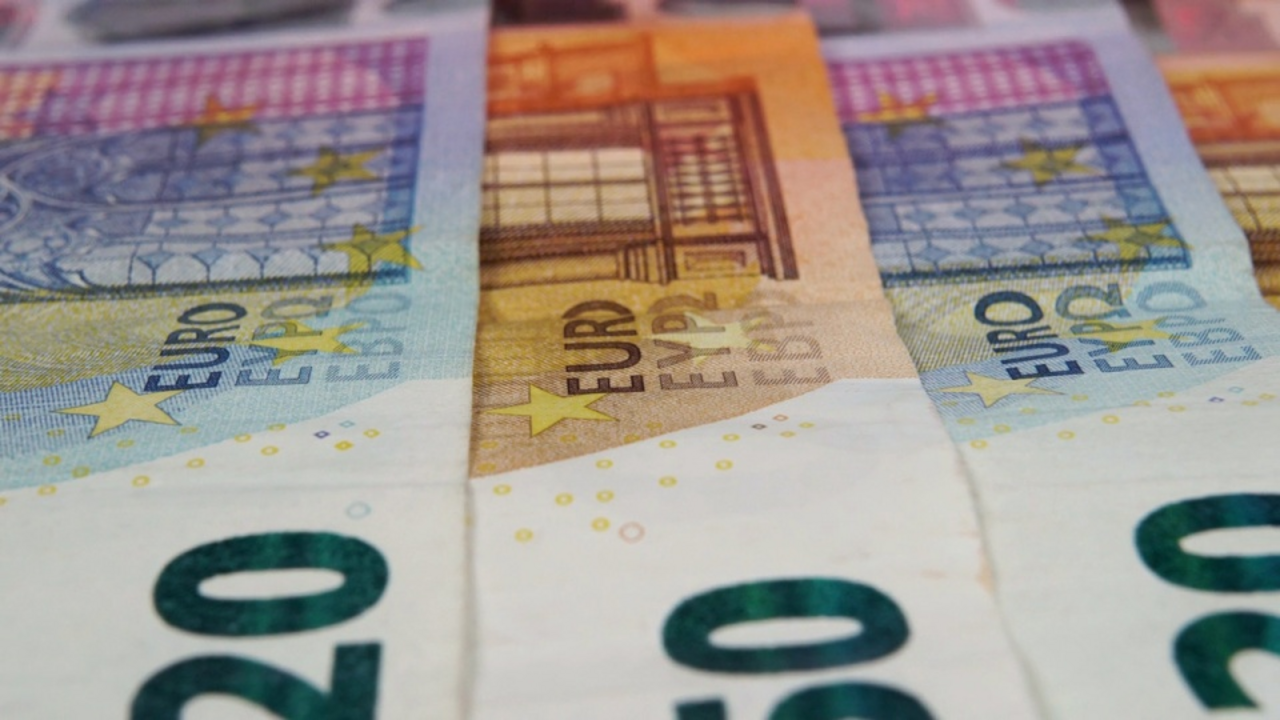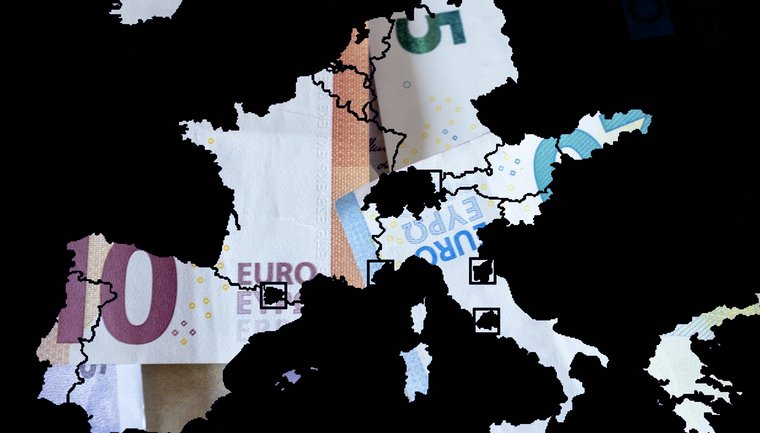The euro as a forerunner in the logistics network
Before the euro was introduced, central banks still put the production batches for their banknotes out to tender according to their requirements, and the notes were then printed by their own in-house printing works or a very limited number of specialized partners. But now a lot more players were needed to produce the necessary amount of money in the quantity and quality required: in addition to the various state printing works, over 50 suppliers were involved in the project, who were to shape the new single currency according to standardized rules. The various processes and requirements, which up until that point had been country-specific, now had to be synchronized and aligned with new standards.
In its new role, the ECB developed cooperation, coordination, and leadership skills, without which the project could not have been successfully implemented. The ECB also took responsibility for defining specifications, steering complex processes in cooperation, coordinating the division of tasks, and building up an elaborate quality assurance system for topics ranging from audits to certifications.





